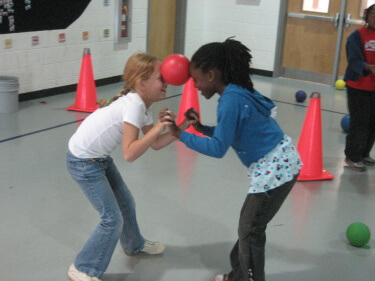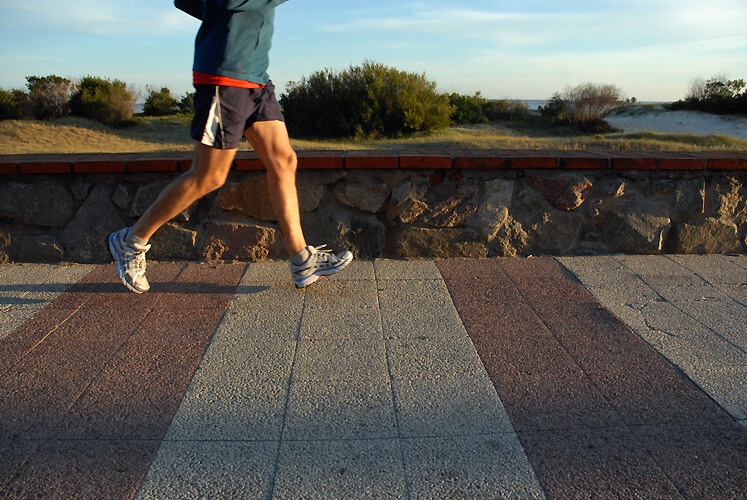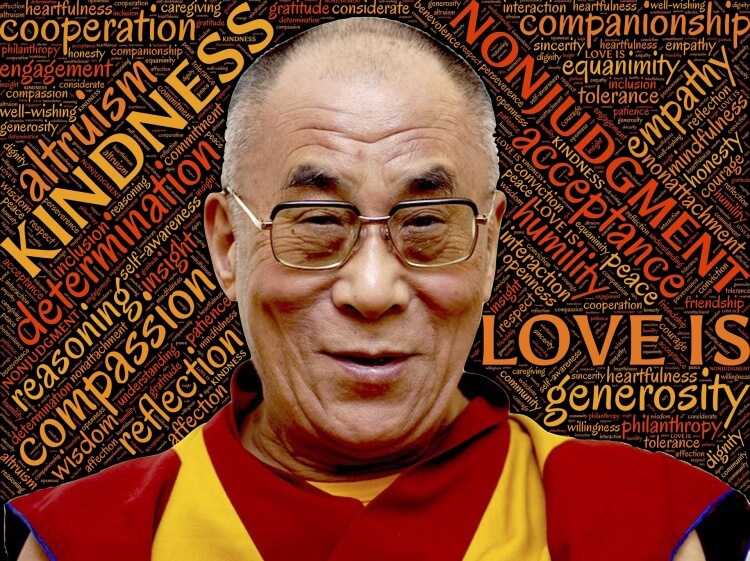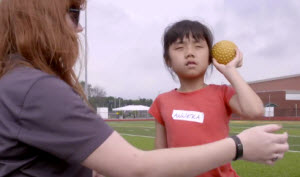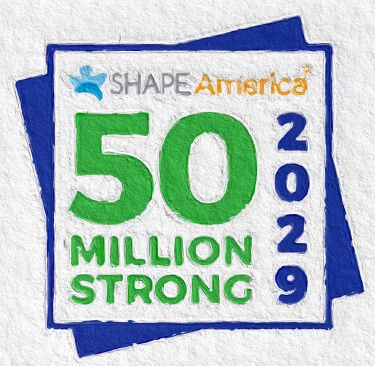(Editor’s Note: This is part three of a three-part series in which Angela shares the strategies that she has used to get her students physically active and healthy. Be sure to check the other issues of pelinks4u to learn about additional strategies.)
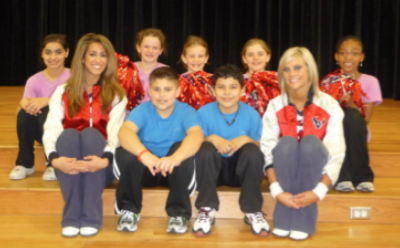
A Comprehensive School Physical Activity Program (CSPAP) is a multi-component approach used to provide students with opportunities to be physically active, achieve the recommended 60 minutes of physical activity each day, and to encourage lifelong physical activity (CDC, 2015). The five components of a CSPAP include: quality physical education, physical activity before, during, and after school, staff involvement, and family and community engagement.
Although all components of a CSPAP are important, staff involvement and family and community engagement are often the least implemented. In my experience as a physical educator, these two components were the most challenging to implement, but worth the time and effort. The support of family, staff, and community is imperative in promoting physical activity. I challenge you to implement these two components. You will be amazed by the amount of support you receive from parents, community, and staff!
